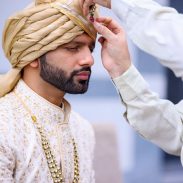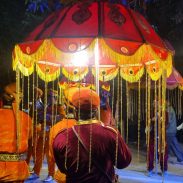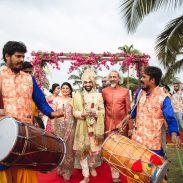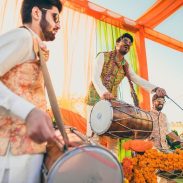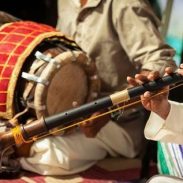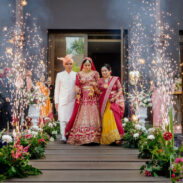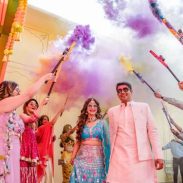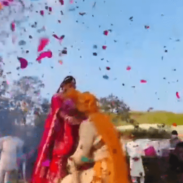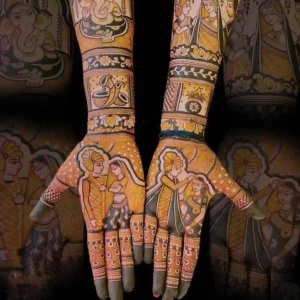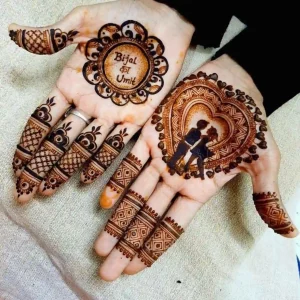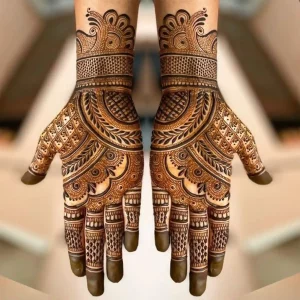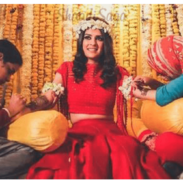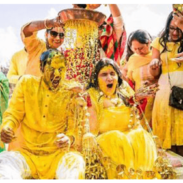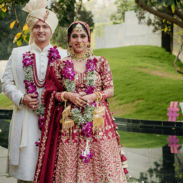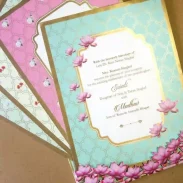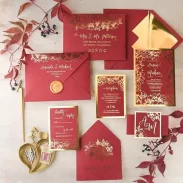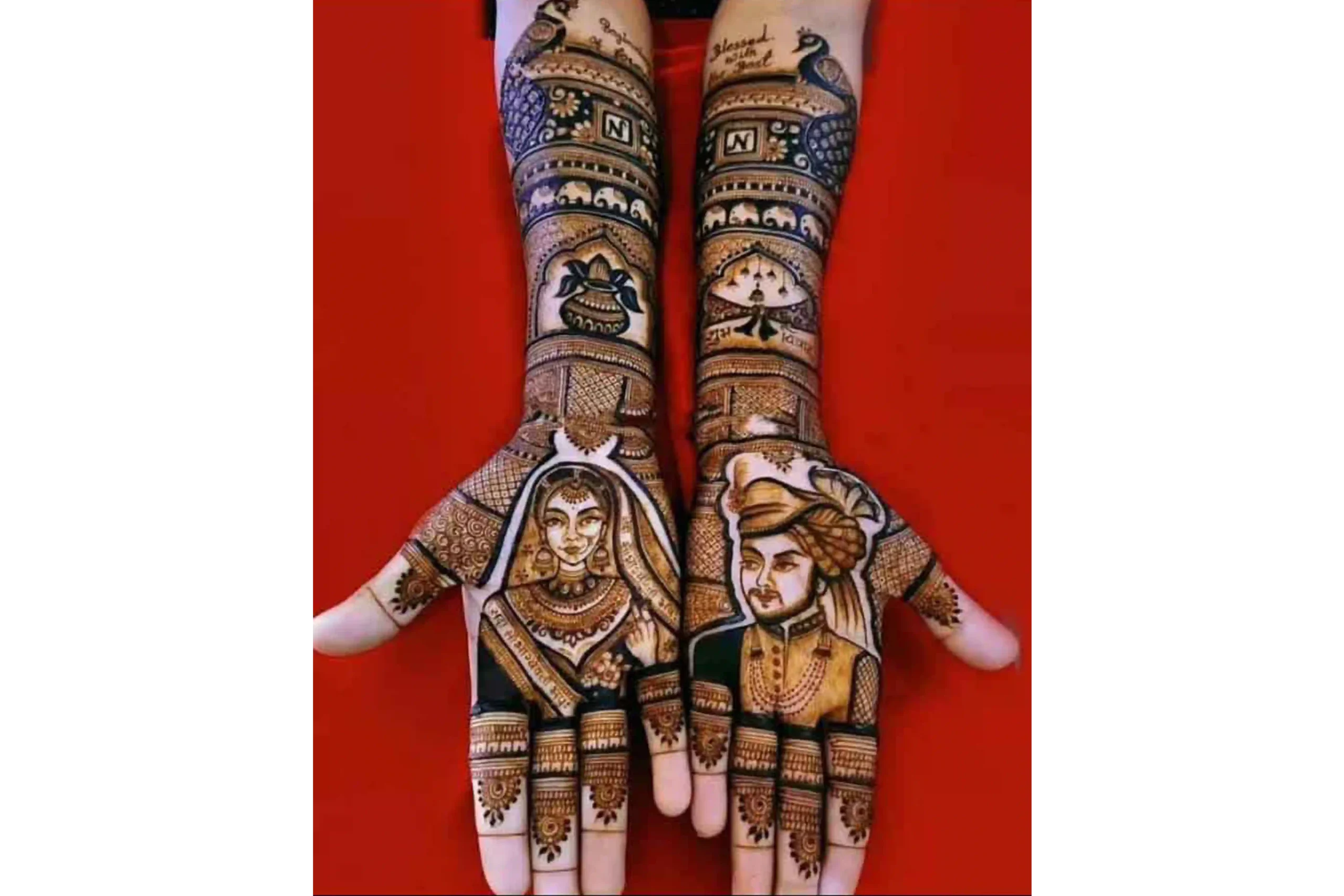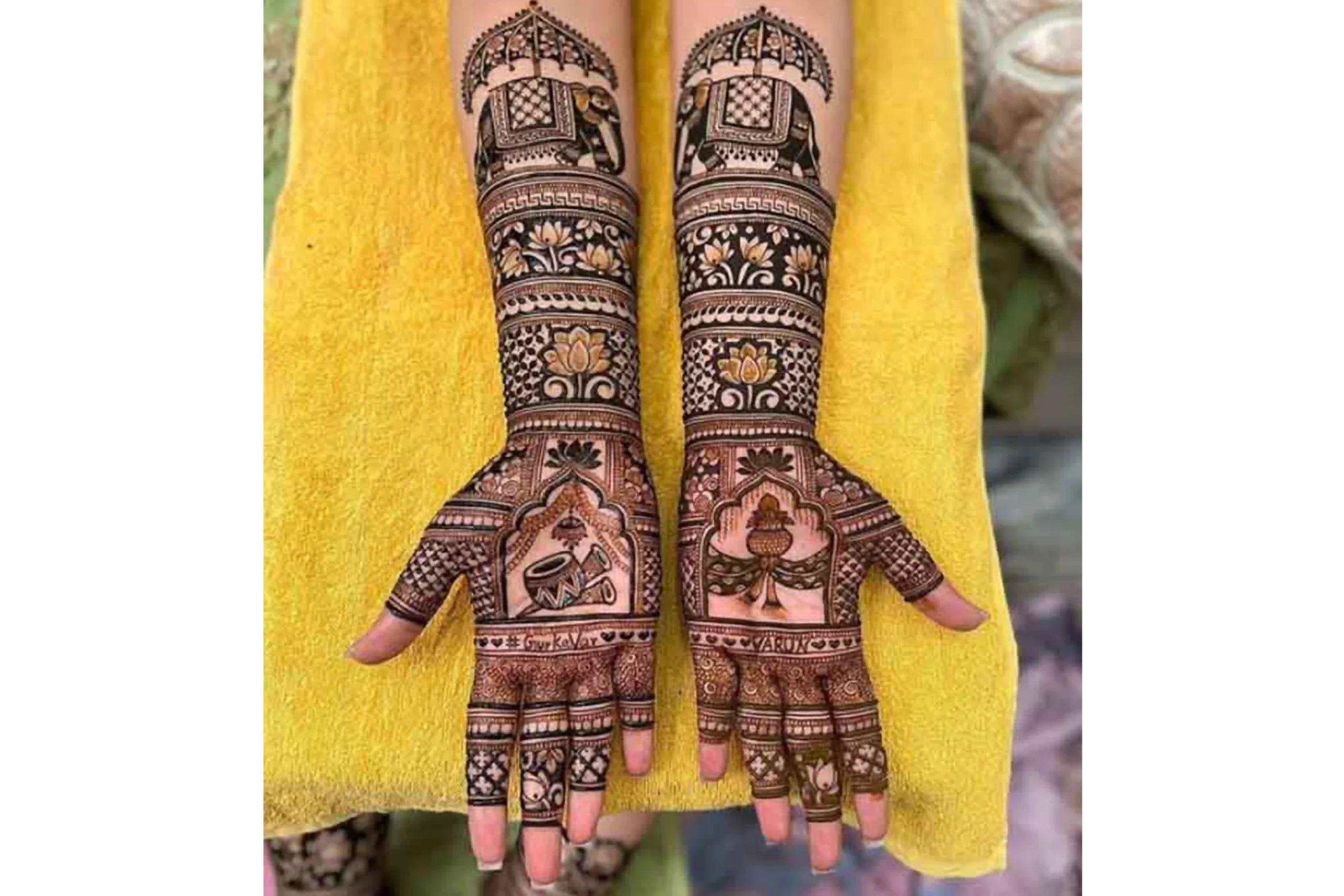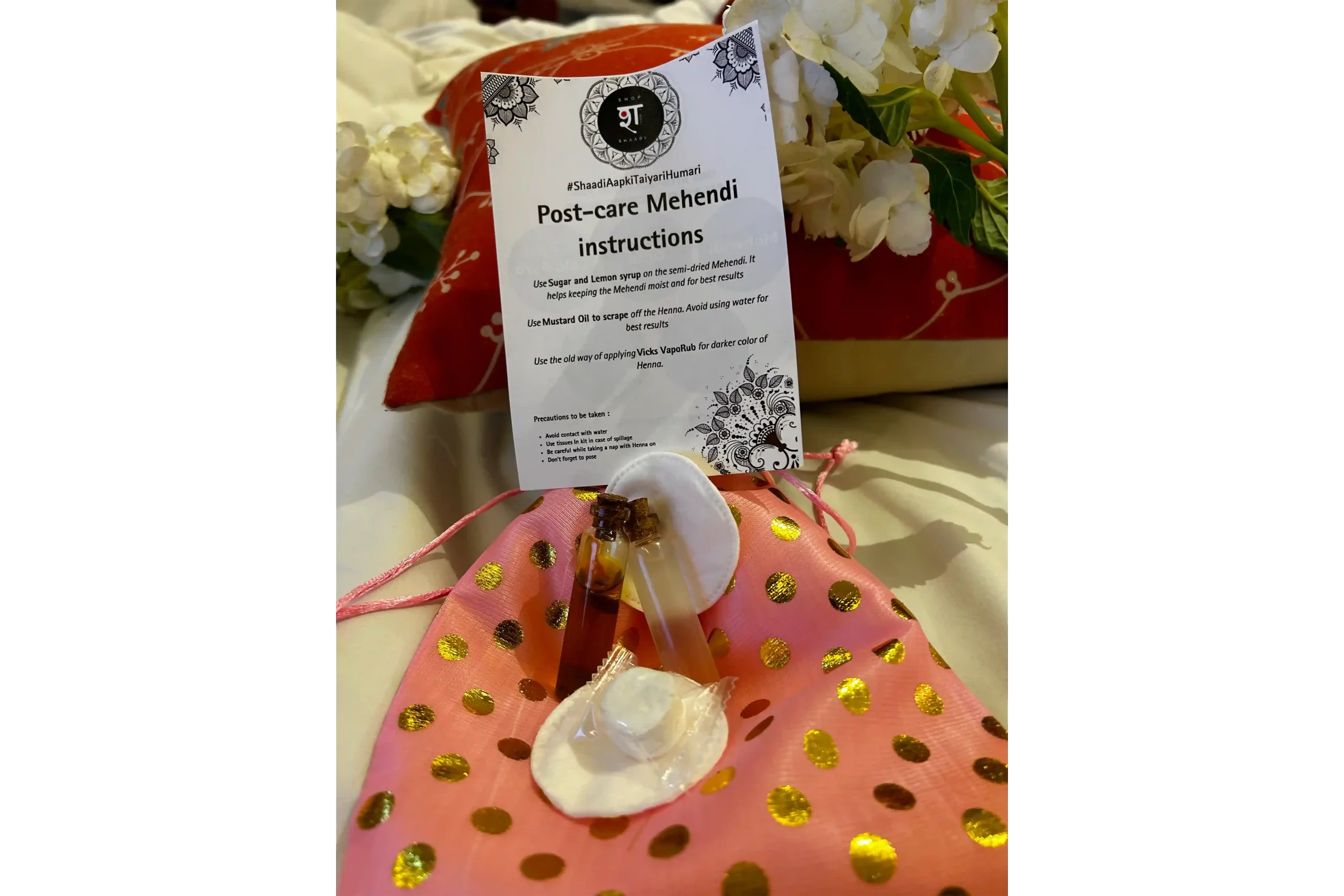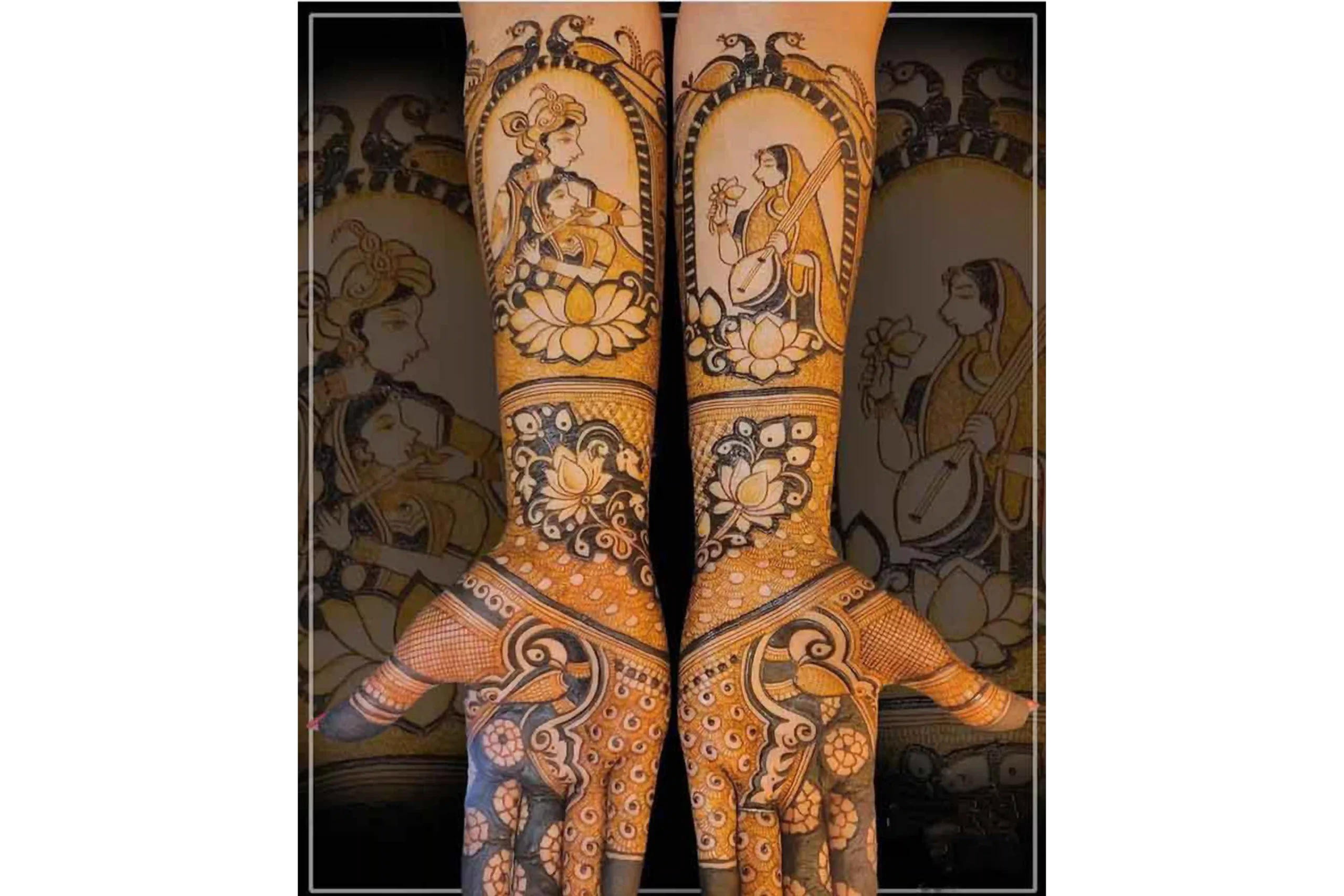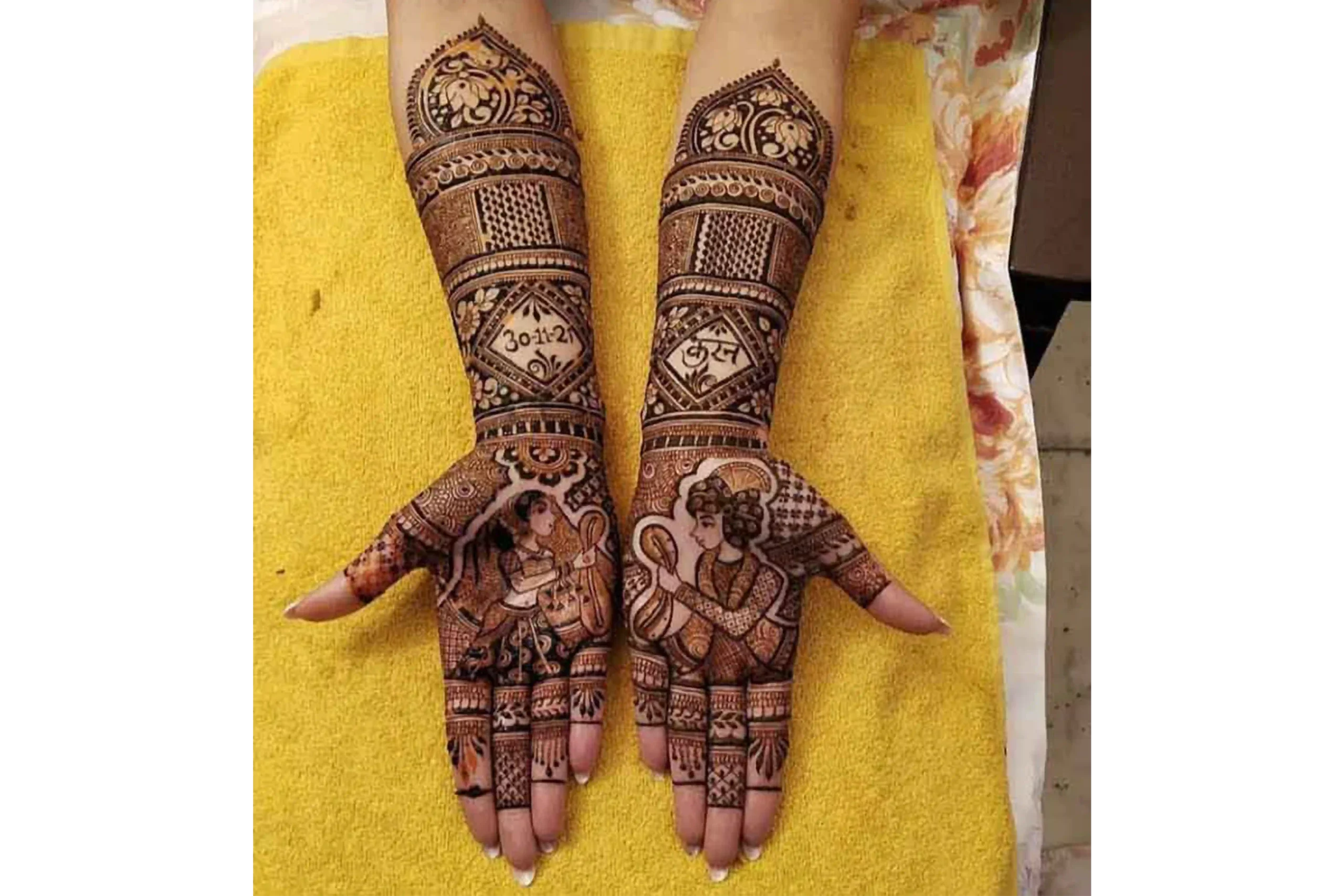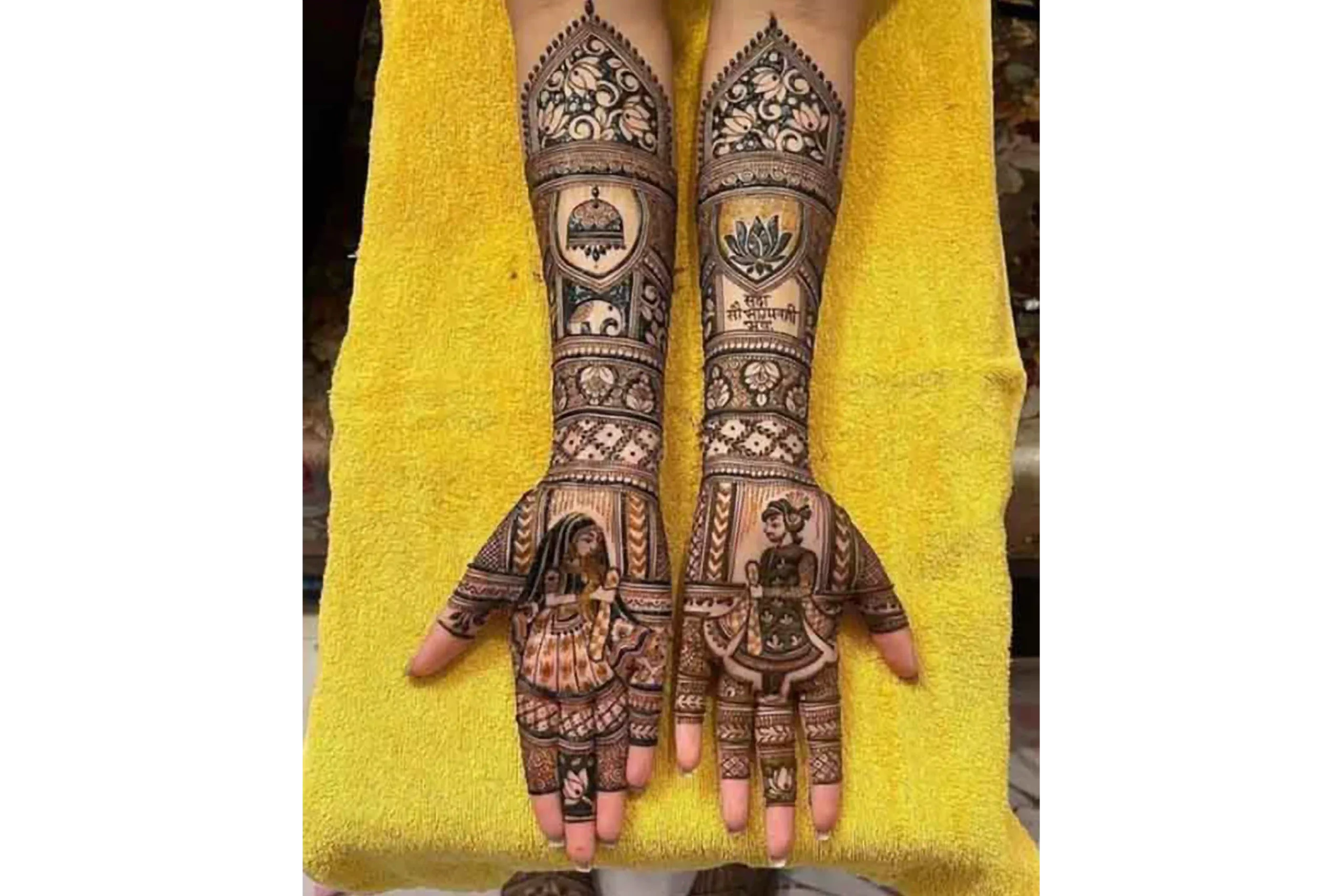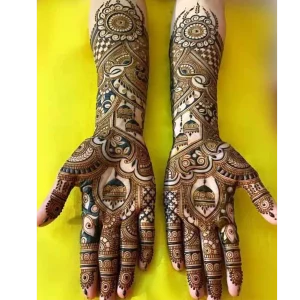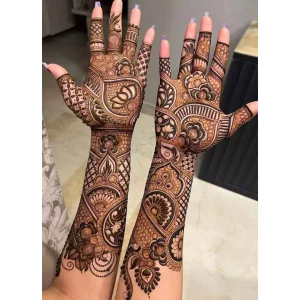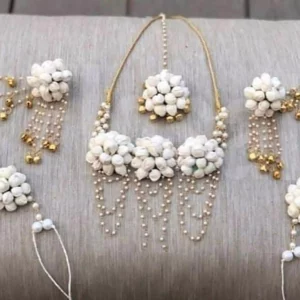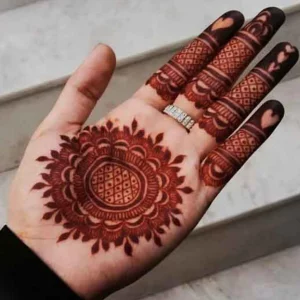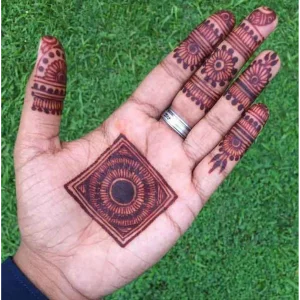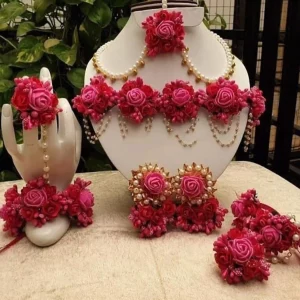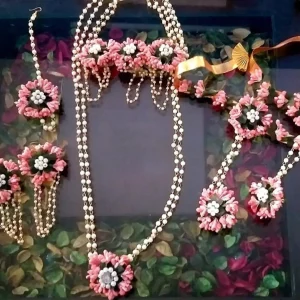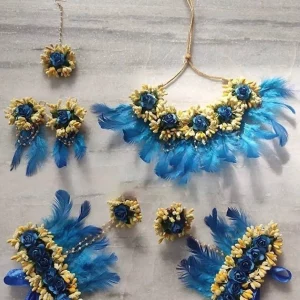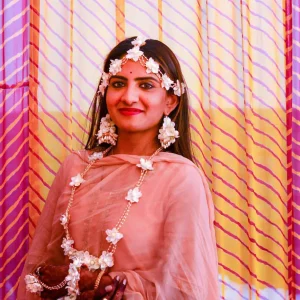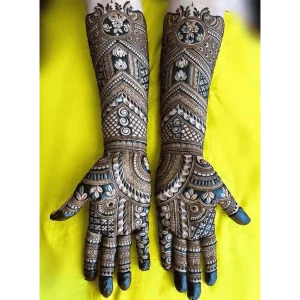
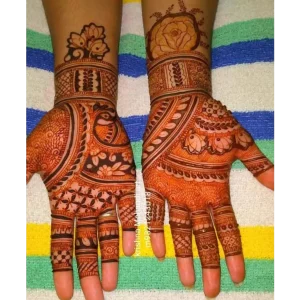
Traditional Groom Mehendi Portraits and Face Designs
₹8,100.00 Original price was: ₹8,100.00.₹7,100.00Current price is: ₹7,100.00.
- Suitable For: Groom, Men, Groomsmen,
- Pattern: Indian Traditional, Marwari Design Mehendi, Rajasthani Mehendi Design, portraits, faces,, mandala, Arabic, etc
- Best Paired with: Lorem ipsum dolor, sit amet consectetur adipisicing elit. Numquam, minima excepturi molestiae qui atque dolorum.
- Suitable Occasions: Weddings.
- Service Style: Trained Professional artists with Raw material and shopshasadi post care kit.
About Groom Traditional ( Portraits and Face Designs )
Bridal Traditional Mehendi involves the intricate and ornate application of henna on both full arms and feet, creating stunning and elaborate designs. This form of body art is an integral part of wedding traditions in many cultures, symbolizing beauty, auspiciousness, and the sacred bond of marriage. The designs often feature floral patterns, intricate motifs, and symbolic elements, making the bride’s arms and feet a canvas of cultural significance and celebration.
Disclaimer
- Keep Henna away from water.
- Don’t wash Henna paste, but scrub it off.
Product Quantity
Design Description
Traditional Groom Mehendi with a focus on the front showcases classic and culturally significant henna designs specifically tailored for grooms. This style emphasizes intricate patterns and symbolic motifs such as paisleys, geometric shapes, and traditional elements. The application is concentrated on the front part of the hands, creating a sophisticated and dignified look. Traditional Groom Mehendi on the front is a subtle yet impactful way for grooms to embrace cultural traditions and add an elegant touch to their appearance during wedding celebrations.
Disclaimer
- Keep Henna away from water
- Don’t wash Henna paste, but scrub it off.
Additional Information
| Origin of Mehendi? | Mehendi, also known as henna, has ancient origins in South Asia, the Middle East, and North Africa. Its use dates back over 5,000 years, with evidence suggesting it was initially practiced in ancient Egypt. Over time, mehendi became deeply rooted in cultural and ceremonial traditions, symbolizing joy, celebration, and rites of passage. Today, it remains a significant art form and is an integral part of weddings and various festive occasions across diverse cultures worldwide. |
| Where are the best mehendi artists from? | The art of mehendi is practiced by talented artists worldwide, with notable expertise found in regions where henna traditions are deeply rooted. Some of the best mehendi artists hail from South Asia, particularly India, Pakistan, and Bangladesh, where mehendi has a rich cultural history. Additionally, artists in the Middle East, North Africa, and parts of Southeast Asia are renowned for their mastery of mehendi designs. However, given its global popularity, exceptional mehendi artists can be found in various countries, each contributing unique styles and innovations to this ancient art form. |
| Ways to get darker mehendi color? | To achieve a darker mehendi color, ensure the henna paste is made with high-quality, fresh henna powder. Apply a mixture of lemon juice and sugar on the dried henna design to keep it moist for longer, enhancing the stain. Warmth boosts color development, so keeping the hands warm, either through natural body heat or external sources like warm air, can intensify the mehendi color. Leave the henna paste on for an extended period, ideally 6-8 hours, before gently scraping it off. Additionally, avoid water contact for the first 24 hours to allow the stain to deepen, resulting in a richer and darker mehendi color. |
| What is Bandhani style? | Bandhani, one of the oldest known methods of tie-dyeing, is still widely practiced in western India today. Leheriya is also a type of design in Bandhani designs. Leheriyas are fabrics with colorful diagonal or chevron striped patterns that have been created through resist dyeingThe fabric is made by pinching very small portions of cloth and tying them by plucking the cloth with the fingernails into many tiny bindings that form a figurative design to form an intricate pattern of dots. |
What to expect during the Service?
With Shopshaadi.com, we take full responsibility for the completion of the service. Our trained professionals will reach the service location 30 minutes before the reporting time and will inform the customer upon his arrival. Professionals will carry the fabric and other accessories required or booked for tying the saafa.What if we have more number of guests than the actual booking?
Our professionals usually carry 10 pieces extra in case of sudden requirements. All you need to do is top-up and add additional saafas on the website and pay the additional amount to avail of the service on-spot without going through the hassle of bargaining at the moment.How do I know if the look of the saafa I booked will suit me?
Shopshaadi has trained vendors who will guide you best through this process. Ask the partner for a specific design and they will be more than happy to give you a demo of the design. Your satisfaction is our top priority, after all, shaadi hai.When do I pay for the service?
Bookings are important due to Partner allocation, considering wedding season and the surge in bookings. The amount to be paid before the start of the service. We understand it is a wedding and guests and customers get occupied hence, it is ideal to pay in the beginning for a hassle-free experience.Why should I go for Saafa?
Turbans add a touch of royalty and grace to the outfit. According to olden belief, turbans are a symbol of self-respect, and prosperity and reflect the dynamic personality of a man. They also enhance the look of the groom on the big day.- Step 1 You place an order with Shopshaadi.com
- Step 2 Shopshaadi Assigns the Partner
- Step 3 Proper follow-ups and deliverables are matched
- Step 4 Partner arrives at the venue and informs the customer. Verifies the product as per the order placed.
- Step 5 Amount is collected at the time of the service
- Step 6 Professional starts the service with utmost quality following the standard operating procedure
- Step 7 Respectfully as the guests to check and stay for an additional 30 minutes in case any touch-ups are needed.
- Step 8 Service is completed

